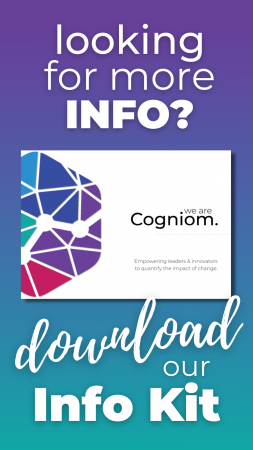But… Whhhhhyyyyyyyy??
We’ve all encountered it. It’s right up there with the ever delightful “Are we there yet?!”.
The little people in our lives and their unrelenting ‘why’ questioning, most times, make us want to pull our hair out, but on occasion they do make you think…

“Why is the sky blue? “But why is it that type of blue?” “But why can’t it be green?” “But why is the water blue too? “But why doesn’t the sky get confused?” (Actual conversation with Aunty Zoe and her 3yo niece. Note: Aunty Zoe may think twice about commenting on how beautifully blue the sky is next time. 😉)
When you recover from the shudders of remembering these types of encounters with the little people in your life, you realise that we as business founders, owners and leaders are quite often embracing the “are we there yets” and the “but whys” as we navigate growth and pivots.
Lucky for us as business founders, owners and leaders there is a method behind the madness.
The 5-whys.
It is a problem-solving skill aimed to interrogate and find the root cause of a problem. This technique is often engaged when there is a problem that simply won’t go away. Most people will revert to a “quick fix” however these “fixes” are usually just addressing a symptom of the actual problem.
The method was brought to life in Japan by the founder of Toyota Industries – Sakichi Toyoda and is still used to this day throughout Toyota sites.
How does it work?
Basically, you ask why of your problem statement (at least) five times. At the end you’ll find yourself at the root cause of the problem.
The 5-whys was intended to be based on real world evidence and experience, rather than making decisions based on assumptions, and is most effective when explored with front line workers and those who have first hand experience with the problem.

Note: The 5-whys method at its core is aimed to tackle the moderate type problems we encounter in business but may not be suitable for more critical issues that may have a number of pathways or possibilities leading to the root cause. The 5-whys method isn’t the silver bullet to fix all your problems, but it will be the best tool in your arsenal to point you in the right direction of the actual problem.
When you engage in a 5-whys activity, make sure you:
- Bring together a group of people that are well versed in the problem (ie: your frontline workers)
- Define the problem. This definition may come after observing the problem in action.
- Ask your first why. Find the answers that are grounded in fact. Assumptions will likely lead you astray
- Embrace your inner child and continue asking your whys
- Stop when you reach the root cause. This will be obvious when the answers to you WHY will no longer be useful. It’s ok if this takes longer than 5 whys
Implement the appropriate solution. Now that you have identified the root cause, the solution will be far more effective than trying to ‘quick fix’ a symptom.

Remember, taking the time and effort to identify the root cause based on fact will always be a better investment than continuously installing a quick fix based on assumption.
Your frontline team that are encountering the problem are always going to be your best source of truth and including them in activities like the 5-whys significantly increases project success and implementation adoption rates.
Who knew that our little people held the key to maintaining efficient processes that help us to build successful businesses all along!





